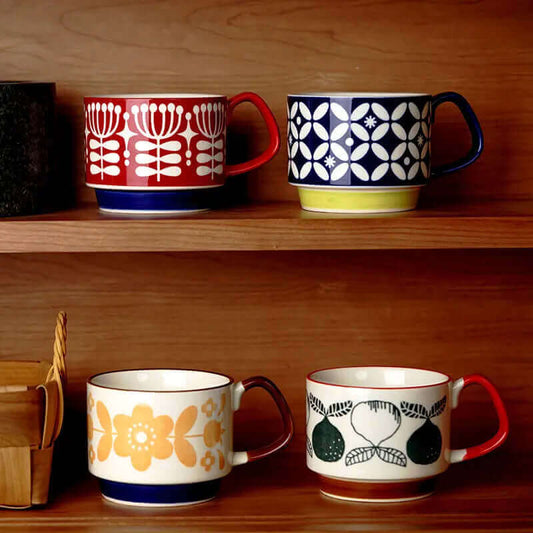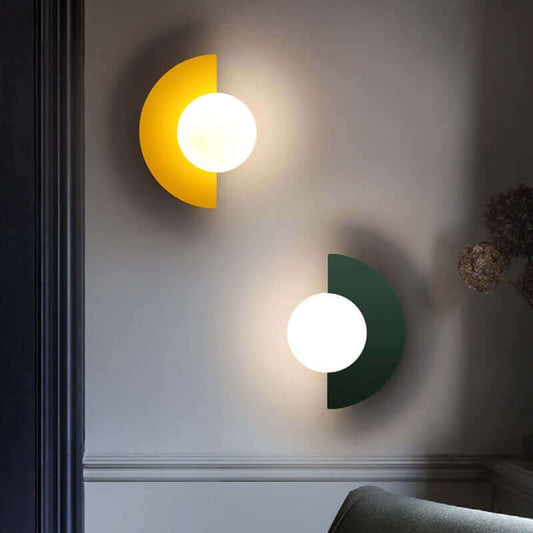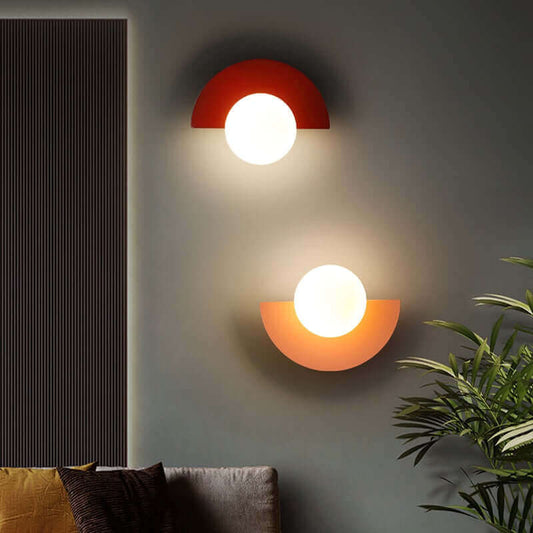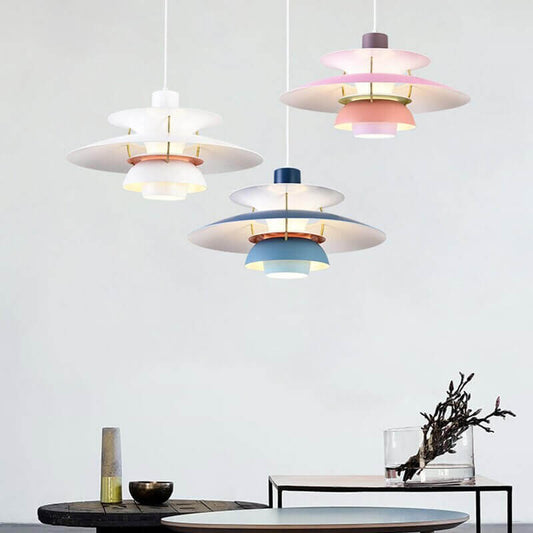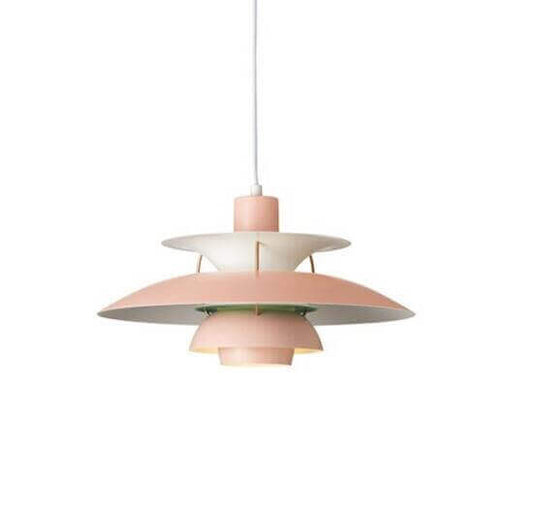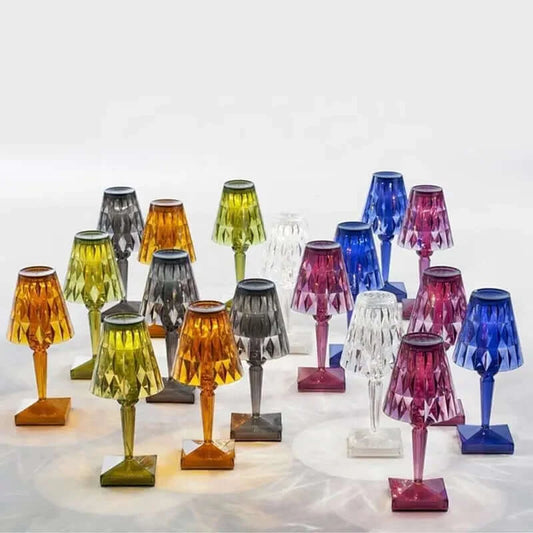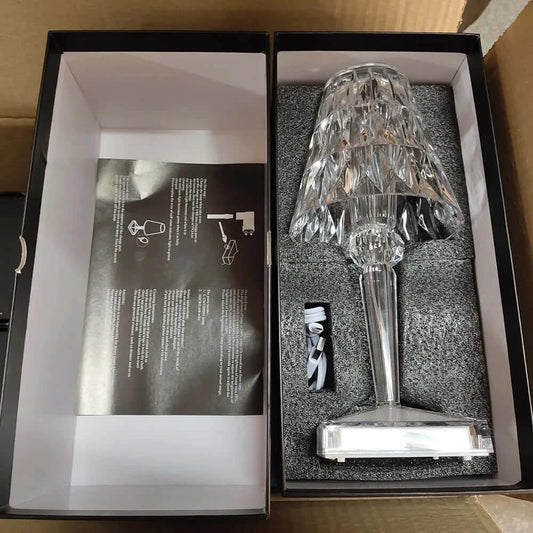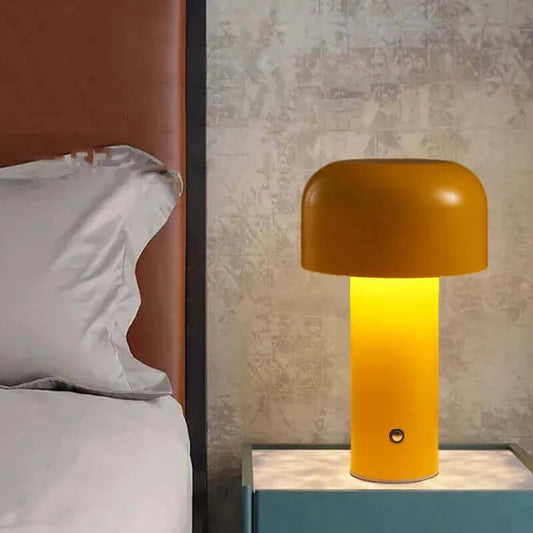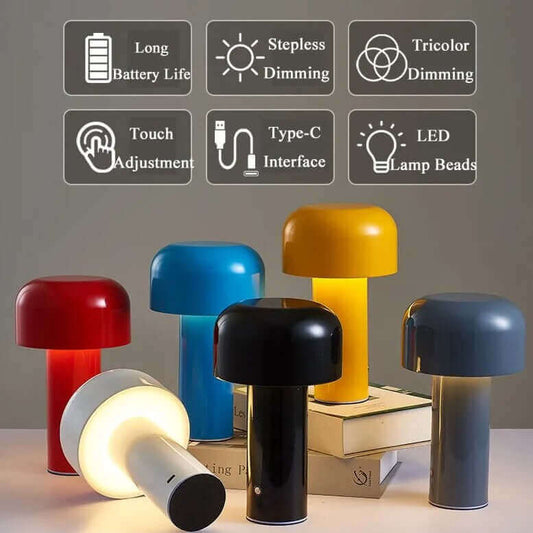Incorporating a floor lamp into your living room using Feng Shui principles can create a harmonious and balanced atmosphere. We have summarised all the Feng Shui principles below and have adapted them to the finding the best placement for your floor lamp. Nauradika has a number of wonderful options for floor lamps in our Modern Lighting Collection which we encourage you to visit regularly as we add new products weekly! We would like to draw your attention to our Japanese White Rice Paper Table Lamp, which can be used as floor lamps or table lamps. They are gorgeous and amazing value for money. You will keep them for years to come as they are designed for Japanese customers who are very demanding on quality (rightly so in our eyes!).
Feng Shui Principles:
Feng Shui is an ancient Chinese philosophy that seeks to promote harmony, balance, and the flow of positive energy (chi) in living spaces. When placing a floor lamp in your living room, consider the following Feng Shui principles:
The Five Elements: Feng Shui, an ancient Chinese philosophical system, is centered around the concept of five elements—wood, fire, earth, metal, and water—which are believed to interact and affect the flow of energy (chi) in any space. Each element has specific characteristics, colors, and materials associated with it, as well as corresponding shapes and directions. When choosing a floor lamp for your living room, it's essential to consider how the lamp will complement and balance these elements, creating harmony and enhancing positive energy.
- Wood Element: The wood element represents growth, vitality, and expansion. It is associated with the colors green and blue, and the materials wood and bamboo. The wood element's shapes are rectangular or columnar, and it is connected to the east and southeast directions. To enhance the wood element with a floor lamp, select a lamp made of wood or bamboo, with a green or blue shade. Placing the lamp in the east or southeast corner of your living room can further strengthen the wood element's presence.
- Fire Element: The fire element symbolizes passion, energy, and transformation. It is linked to the color red, as well as orange, yellow, and purple. The fire element's shapes are triangular or pointed, and it is associated with the south direction. Materials that evoke the fire element include candles, lights, and warm metals like brass and copper. To introduce the fire element using a floor lamp, choose a lamp with a red, orange, yellow, or purple shade or incorporate a brass or copper lamp. Position the lamp in the south part of your living room to align with the fire element's direction.
- Earth Element: The earth element signifies stability, grounding, and support. It is connected to the colors yellow, brown, and earth tones. The earth element's shapes are square or flat, and it is related to the northeast, southwest, and center directions. Materials such as ceramics, clay, and stone embody the earth element. To incorporate the earth element through a floor lamp, opt for a lamp with a ceramic or stone base and a shade in an earthy color. Place the lamp in the northeast, southwest, or center of your living room to reinforce the earth element's influence.
- Metal Element: The metal element represents clarity, precision, and efficiency. It is associated with the colors white, gray, and metallic shades like gold and silver. The metal element's shapes are round or oval, and it is linked to the west and northwest directions. Metal materials like iron, steel, and aluminum embody the metal element. To enhance the metal element with a floor lamp, select a lamp made of metal or with metallic accents, and opt for a white, gray, or metallic-colored shade. Position the lamp in the west or northwest area of your living room to align with the metal element's direction.
- Water Element: The water element symbolizes flow, adaptability, and reflection. It is connected to the colors black, navy blue, and other deep, dark hues. The water element's shapes are wavy, irregular, or asymmetrical, and it is associated with the north direction. Materials like glass, mirrors, and water features represent the water element. To introduce the water element using a floor lamp, choose a lamp with a glass or mirrored base and a black, navy blue, or dark-colored shade. Place the lamp in the north part of your living room to strengthen the water element's presence.
By carefully selecting the color, material, shape, and placement of your floor lamp in accordance with the five elements of Feng Shui, you can create a harmonious and balanced atmosphere in your living room. Remember that the goal is not to emphasize one element over the others but to achieve a balance that reflects your personal preferences
Command Position: In Feng Shui, the command position is a crucial concept that influences the arrangement of furniture and objects within a space. This position is determined by the location that offers the best view of the entrance, the most control over the environment, and a sense of security and stability. The command position is often associated with the main seating area in a living room, such as a sofa or a group of chairs. By placing your floor lamp near the command position, you can enhance the flow of positive energy (chi) in your living room, support the balance of the Five Elements, and create a welcoming and harmonious atmosphere.
- Visual Comfort: Proper lighting is essential for visual comfort and overall well-being. Positioning your floor lamp near the command position ensures that the primary seating area has adequate illumination for various activities, such as reading, watching television, or socializing with guests. This arrangement helps to create a relaxing and inviting ambiance in your living room.
- Architectural Features: Consider the architectural features of your living room when placing your floor lamp in relation to the command position. For instance, if your living room has a fireplace, built-in shelving, or large windows, ensure that your floor lamp's placement complements these elements while maintaining a clear line of sight to the entrance.
- Balance and Symmetry: Achieving balance and symmetry is a fundamental principle of Feng Shui. To create a harmonious arrangement, place your floor lamp near the command position in a way that complements the overall layout and distribution of furniture and objects in the living room. For example, if you have a symmetrical arrangement with two chairs flanking a sofa, consider placing a floor lamp on either side to maintain balance and create a visually appealing composition.
- Flexibility and Adaptability: Your living room's arrangement may change over time as your needs and preferences evolve. Consider choosing a floor lamp that offers flexibility and adaptability, such as a lamp with a swivel arm, adjustable height, or a dimmer switch. This feature will allow you to easily reposition the lamp as needed to maintain its relationship to the command position and the changing layout of your living room.
- Personalization and Style: The command position is a crucial aspect of your living room's Feng Shui, but it's essential to also consider your personal style and preferences when selecting and placing a floor lamp. Choose a lamp that complements your interior design and reflects your personality, and ensure its placement enhances the overall aesthetic of your living room while supporting the command position's principles.
By carefully placing your floor lamp near the command position in your living room, you can create a space that feels welcoming, secure, and balanced. This strategic placement not only enhances the flow of positive energy but also contributes to a comfortable and visually appealing environment that reflects your personal style and preferences.
Balance Yin and Yang: The concept of Yin and Yang is central to the philosophy of Feng Shui, representing the harmonious balance between opposing forces and energies in the universe. Yin and Yang are complementary energies that must coexist in equilibrium to create harmony and maintain the flow of positive energy (chi) in any space. In the context of your living room, achieving a balance between Yin (soft, dark, and cool) and Yang (bright, light, and warm) energies is essential to creating a comfortable and inviting atmosphere.
-
Lighting and Atmosphere: A well-balanced living room incorporates both soft, ambient lighting for relaxation and brighter, focused lighting for more active pursuits. A floor lamp with a dimmer switch offers versatility, allowing you to easily adjust the lighting levels to achieve the desired balance between YinYang energies. For instance, dim the lamp for a cozy, Yin-dominant atmosphere when watching a movie or increase the brightness for a more energetic, Yang-oriented setting while engaging in lively conversation.
-
Colors and Textures: Consider the colors and textures of your living room when balancing Yin and Yang energies. Soft, dark, and cool colors, such as blues and greens, evoke Yin energy, while bright, light, and warm colors, such as reds and yellows, represent Yang energy. Similarly, smooth and plush textures like velvet or wool embody Yin energy, while rough or shiny surfaces like metal or glass represent Yang energy. Choose a floor lamp that complements and balances the existing color palette and textures in your living room.
-
Furniture Arrangement: The arrangement of furniture in your living room can also influence the balance of Yin and Yang energies. Ensure that there is a mix of both soft, curvy furniture pieces (Yin) and more structured, angular pieces (Yang) in your space. Position your floor lamp strategically to highlight and balance the Yin and Yang elements within the room.
-
Art and Decor: The art and decor in your living room can contribute to the balance of Yin and Yang energies. Incorporate a mix of Yin-inspired elements, such as soft, flowing artwork or gentle, organic shapes, and Yang-inspired elements, such as bold, geometric patterns or strong, dynamic lines. Place your floor lamp in a location that emphasizes and harmonizes these elements, casting light on both Yin and Yang features in the room.
-
Personal Energy: Each person has a unique balance of Yin and Yang energy, which can change over time and depending on various factors, such as mood or life circumstances. Keep this in mind when creating a balance of Yin and Yang in your living room, and adjust the elements accordingly. A floor lamp with a dimmer switch allows for personalization, enabling you to tailor the lighting to suit your individual energy balance at any given moment.
By considering the balance of Yin and Yang energies when placing a floor lamp in your living room, you can create a space that feels harmonious, comfortable, and tailored to your individual needs. The versatility offered by a dimmer switch enables you to easily regulate the room's lighting and atmosphere, helping you achieve the desired balance between Yin and Yang energies.
- Pathways and Walking Areas: Keep the pathways and walking areas in your living room clear and unobstructed. Position your floor lamp in a way that doesn't obstruct any entrances, exits, or high-traffic areas. By doing so, you'll promote a smooth, uninterrupted flow of chi and make the space feel more open and inviting.
- Furniture Arrangement: Be mindful of your living room's furniture arrangement when placing your floor lamp. Ensure that the lamp complements the existing layout and doesn't create an imbalance or block the flow of chi. For example, avoid placing the lamp directly behind a sofa or in a cramped corner, as this can make the space feel cramped and stagnant.
- Cord Management: A floor lamp's power cord can contribute to clutter if not managed properly. Be sure to neatly organize and conceal the cord to prevent it from becoming a visual distraction or a tripping hazard. Consider using cord organizers, such as cable clips or cable covers, to keep the cord tidy and out of sight.
- Proportion and Scale: Choose a floor lamp that is proportionate to the size of your living room and the surrounding furniture. An overly large or small lamp can create visual clutter and disrupt the room's balance. By selecting a lamp that is appropriately scaled, you'll contribute to a harmonious, clutter-free space.
- Functionality and Purpose: When placing your floor lamp, consider its intended function and purpose within the room. Ensure that the lamp provides adequate lighting for specific tasks or areas, such as reading or illuminating a conversation area, without creating clutter or unnecessary visual distractions.
- Storage and Organization: Keeping your living room tidy and well-organized can help prevent clutter and promote a positive flow of chi. Make sure your floor lamp doesn't impede access to storage areas or create additional clutter by blocking shelving or cabinets.
By carefully considering the placement of your floor lamp and avoiding clutter, you can promote a positive flow of chi within your living room. This will contribute to a harmonious, balanced, and inviting atmosphere that is both visually appealing and energetically supportive.
Light Corners: In Feng Shui, dark corners are believed to harbor stagnant chi (energy), which can create negative energy and adversely affect the overall atmosphere of a space. By placing a floor lamp in dimly lit corners of your living room, you can effectively lift the energy, promote a positive atmosphere, and enhance the flow of chi. To achieve this, consider the following aspects:
- Strategic Placement: Identify the corners in your living room that tend to be darker or less illuminated. Place your floor lamp strategically in these areas to evenly distribute light throughout the space, effectively reducing shadows and dark spots.
- Layered Lighting: In addition to using a floor lamp, consider incorporating other light sources, such as table lamps, wall sconces, or pendant lights, to create a layered lighting effect. This approach will ensure that all corners of the room receive adequate illumination, further enhancing the flow of chi and creating a balanced atmosphere.
- Light Color and Intensity: The color and intensity of the light emitted by your floor lamp can also influence the energy in your living room. Opt for warm, soft lighting to create a cozy, welcoming ambiance. A floor lamp with a dimmer switch can be particularly useful in this regard, as it allows you to easily adjust the light intensity to suit your needs and preferences.
- Lamp Design and Style: The design and style of your floor lamp can also impact the energy in your living room. Choose a lamp that complements the room's overall aesthetic and contributes to a harmonious environment. Consider the lamp's shape, color, and material, and ensure that it complements the other elements in the space.
- Reflective Elements: To further enhance the lighting effect in dark corners, consider incorporating reflective elements, such as mirrors or shiny surfaces, in your living room. These elements can help bounce light around the room, effectively brightening dark corners and promoting a positive flow of chi.
- Balance with Natural Light: While using a floor lamp to illuminate dark corners, also consider the balance of natural light in your living room. Ensure that the room receives an adequate amount of daylight by optimizing the use of windows, curtains, and blinds. Natural light not only helps to lift the energy in the room but also contributes to a healthier and more vibrant atmosphere.
By placing a floor lamp in the dimly lit corners of your living room and considering these additional factors, you can effectively lift the energy in the space, promote a positive atmosphere, and enhance the flow of chi. This approach will create a balanced, harmonious, and inviting environment that is both visually appealing and energetically supportive.
Although this article was about Using Feng Shui to position floor lamp in your living room, we thought we would mention 3 other philosophies that often influence interior designers when making decisions on where to place objects in a space: The Vastu Shastra principles, the Biophilic Design Principles and the Scandinavian Design Principles. We hope you find these inspirational too.
Vastu Shastra Principles:
Vastu Shastra is an ancient Indian architectural science that aims to create harmonious and prosperous living spaces by aligning them with the natural forces of the universe. When placing a floor lamp in your living room, consider these Vastu Shastra principles:
-
Direction: According to Vastu Shastra, the living room should ideally be located in the east or north section of the house. Place your floor lamp in the southeast corner of the living room to enhance the flow of positive energy.
-
Avoid Direct Light: Vastu Shastra recommends avoiding harsh, direct light in the living room, as it can create an uncomfortable and imbalanced atmosphere. Opt for a floor lamp with a soft, diffused light to create a warm and inviting ambiance.
-
Color Coordination: Color plays a vital role in Vastu Shastra. The living room should have warm, bright colors like yellow, green, or blue. Choose a floor lamp that complements these colors to create a cohesive and harmonious environment.
Biophilic Design Principles:
Biophilic design is an approach that seeks to connect people with nature by incorporating natural elements and patterns into living spaces. When selecting a floor lamp for your living room, consider these biophilic design principles:
-
Natural Materials: Choose a floor lamp made from natural materials such as wood, bamboo, or rattan. These materials can evoke a sense of nature and create a calming atmosphere in your living room. Our Japanese White Rice Paper Table Lamp mentioned above are made of natural materials and make them perfect for use using the Biorphilic Principles.
-
Organic Forms: Select a floor lamp with an organic shape or design inspired by nature, such as a tree branch or a leaf pattern. This can strengthen the connection between your living space and the natural world.
- Natural Light: Place your floor lamp near windows or other natural light sources to take advantage of sunlight during the day. In the evening, the floor lamp can provide a softer, ambient light that mimics the soothing qualities of natural light.
- Layered Lighting: Incorporate different layers of lighting to create a dynamic and varied atmosphere in your living room. Combine the floor lamp with other lighting sources, such as table lamps, pendant lights, and natural light, to recreate the complexity and depth found in nature.
- Greenery: Enhance the biophilic ambiance in your living room by placing your floor lamp near indoor plants. The combination of natural light and greenery can create a calming and rejuvenating environment.
Scandinavian Design Principles:
Scandinavian design is characterized by simplicity, functionality, and an appreciation for natural beauty. This is where is all started for Nauradika.com, which initially specialised in Scandinavian design. This filter page gathers all our products and articles on Scandinavian Design. In When placing a floor lamp in your living room, consider these Scandinavian design principles:
-
Minimalism: Choose a floor lamp with a simple and elegant design that complements the clean lines and minimal aesthetic of Scandinavian-style interiors. Minimalism is a term you will find often in our product descriptions. We are fans of the "less is more principle" as we believe, simple, minimalist object can be added to any decor, whether modern, retro or even classic.
-
Functionality: Select a floor lamp that provides both form and function. For example, consider a lamp with adjustable features, such as a movable arm or a dimmer switch, to adapt the lighting to your needs and preferences.
-
Natural Materials: Embrace the Scandinavian affinity for natural materials by selecting a floor lamp made from wood, metal, or glass. These materials can add warmth and texture to your living room while maintaining a sleek and modern aesthetic.
-
Neutral Colors: Opt for a floor lamp in neutral colors, such as white, gray, or black, to harmonize with the understated color palette commonly found in Scandinavian design.
-
Cozy Atmosphere: Place your floor lamp in a cozy corner or near the main seating area to create a warm and inviting ambiance, perfect for relaxing or socializing.
By considering the principles of Feng Shui, Vastu Shastra, Biophilic Design, and Scandinavian Design, you can thoughtfully place a floor lamp in your living room to create a harmonious, balanced, and aesthetically pleasing environment. Experiment with different placements and combinations of these philosophies to find the perfect location for your floor lamp that best suits your personal style and preferences.



